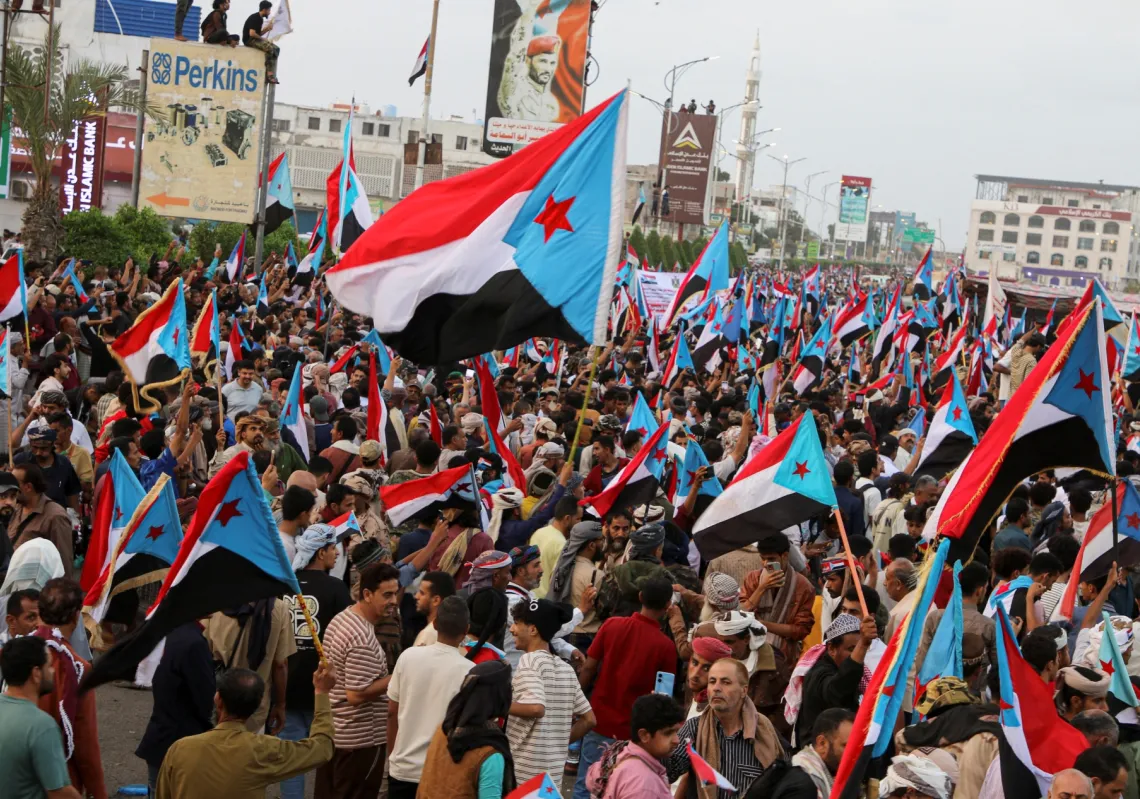Today commemorates the third anniversary of the catastrophic explosion at the Beirut Port, which occurred precisely at 6:00 p.m. on 4 August 2020.
A seismic-scale shock reverberated through the city after the ignition of an immense 2,750 tons of ammonium nitrate, which had been stored in the port's warehouses since 2013. The sheer magnitude of the explosion earned it the nickname "Beirutshima" in the international media — comparing it to the nuclear explosion in Hiroshima that helped end World War II.
The loss of life was profound, with 218 people killed. Some are still missing.

A staggering 7,000 people were injured across the city and there was widespread destruction in and around the Beirut Port. Harrowing scenes showed dazed people navigating the debris amid smoke, wreckage and shattered glass on the streets, bleeding as sought ways out of the chaos.
Those in need of medical attention crowded into hospitals, not only in Beirut but also in locations as far as Sidon and Jbeil, over 40 kilometres away from the blast.
Around 50,000 homes were caught in the explosion's impact. Damage was extensive, costing between $10-15bn. Some 300,000 people became homeless.

















